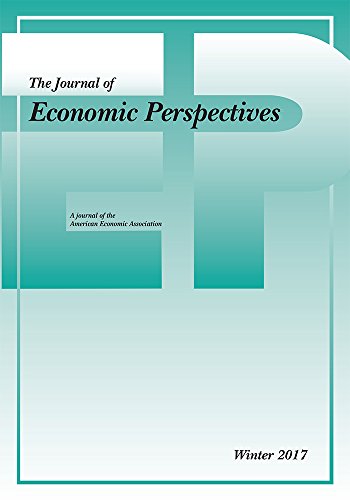Professor Florian Hoffmann, Ph.D.

Aktuelle Position
seit 12/16
Research Fellow der Abteilung Strukturwandel und Produktivität
Leibniz-Institut für Wirtschaftsforschung Halle (IWH)
seit 07/19
Associate Professor
Vancouver School of Economics
Forschungsschwerpunkte
- Humankapital
- dynamische allgemeine Gleichgewichtsmodelle
Florian Hoffmann ist seit Dezember 2016 Research Fellow am IWH. Seine Forschungsinteressen umfassen Bestimmungsgrößen für Lebenszyklus-Einkommen und Karrieredynamik, dynamische diskrete Entscheidungsmodelle für Humankapitalbildung, die Einschätzung von Gleichgewichtssuchmodellen und die Bedeutung der Interaktionen zwischen Student und Lehrer für akademische Leistungen in der Hochschulbildung.
Florian Hoffmann ist Associate Professor an der Vancouver School of Economics. Er promovierte an der University of Toronto.








